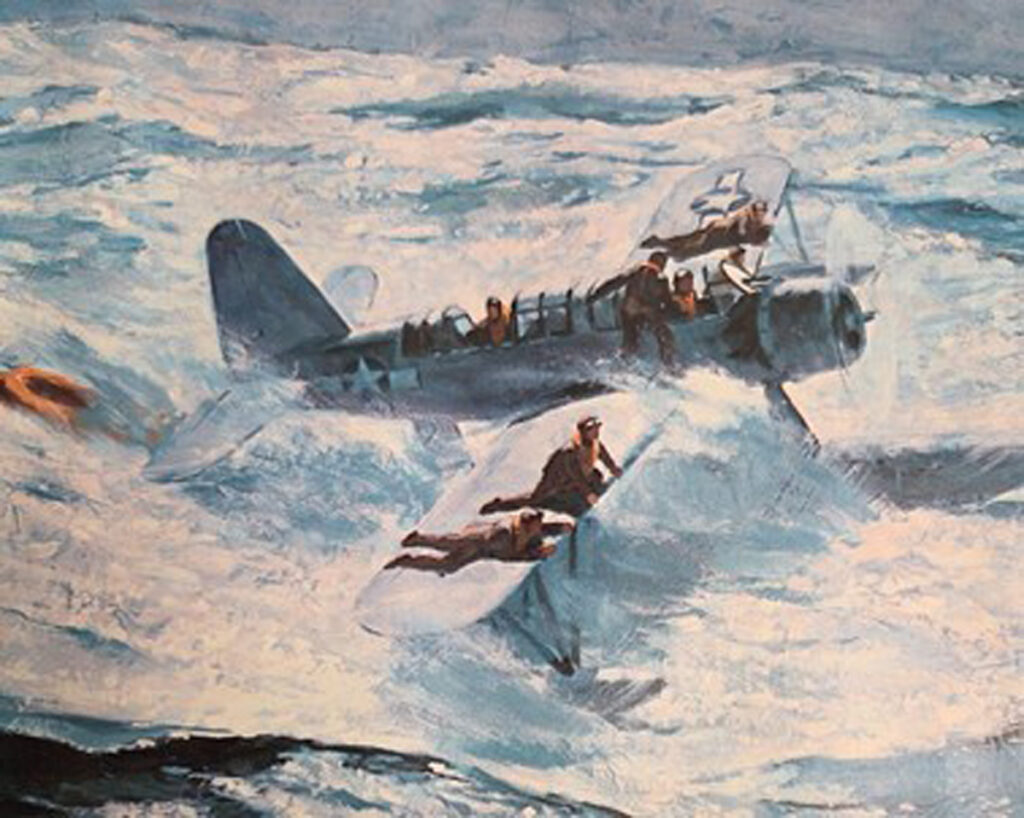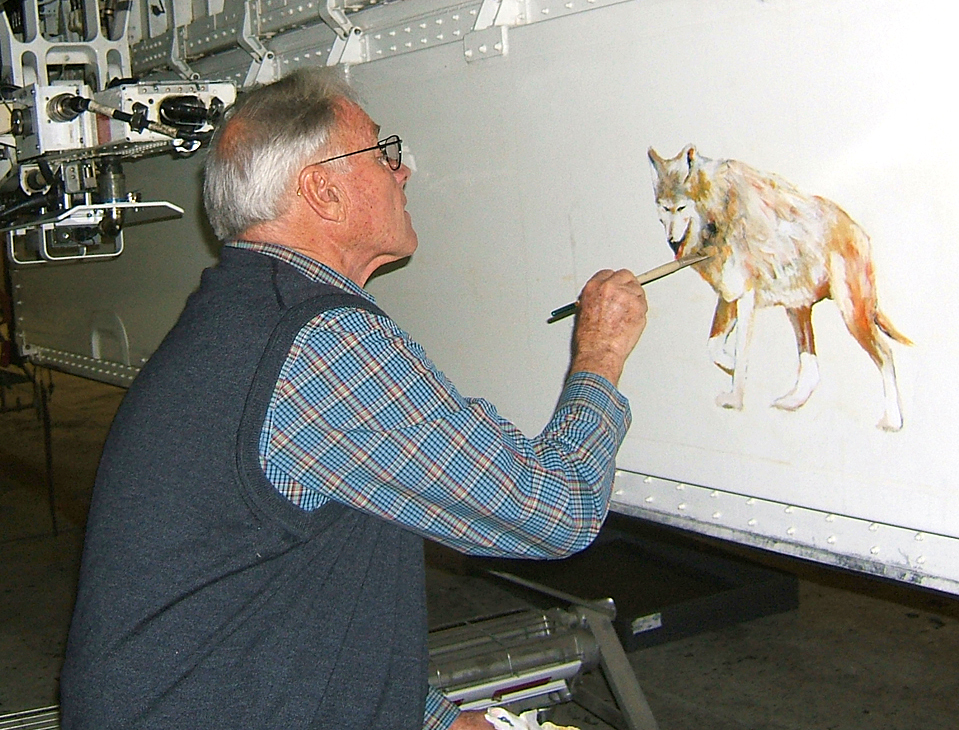
John Burleson – Museum Volunteer
Each year on Veterans Day, we pause to honor and thank the brave men and women who have served in the United States Armed Forces. Among the many symbols associated with this solemn occasion, the red poppy stands out as one of the most enduring and powerful. Have you ever wondered how this simple flower became a national symbol of remembrance?
The story of the red poppy begins on the battlefields of World War I, particularly in the war-ravaged regions of Flanders, Belgium. These areas, devastated by years of fighting, were often reduced to muddy, barren landscapes. Yet, amidst the destruction, the red poppy (Papaver rhoeas) was one of the first plants to bloom.
This powerful image inspired Lieutenant Colonel John McCrae, a Canadian soldier and physician, to write the now-famous poem “In Flanders Fields” in 1915.
In Flanders fields the poppies blow
Between the crosses, row on row,
That mark our place; and in the sky
The larks, still bravely singing, fly
Scarce heard amid the guns below.
We are the Dead. Short days ago
We lived, felt dawn, saw sunset glow,
Loved and were loved, and now we lie
In Flanders fields.
Take up our quarrel with the foe:
To you from failing hands we throw
The torch; be yours to hold it high.
If ye break faith with us who die
We shall not sleep, though poppies grow
In Flanders fields.
Inspired by McCrae’s poem, Moina Michael, an American educator and humanitarian, made it her mission to promote the red poppy as a symbol of remembrance. In 1918, she began wearing a red poppy in honor of those who had died in war and encouraged others to do the same.
Her efforts gained traction, and by 1920, the American Legion adopted the red poppy as the official flower of remembrance in the United States. Around the same time, French humanitarian Anna Guérin began producing artificial poppies to sell in support of war widows and orphans. The idea quickly spread to other Allied nations, including the UK, Canada, Australia, and New Zealand.
While the red poppy originated as a symbol of remembrance for those who died in World War I, its significance has grown to honor all veterans, both living and deceased.
In the U.S., Veterans Day (originally known as Armistice Day) was established in 1919 to mark the end of World War I. Over time, the holiday evolved into a broader observance, recognizing all American veterans for their service and sacrifice.
The red poppy is not just an American tradition. Across the globe, it is worn to mark Remembrance Day (November 11) in countries like the UK, Canada, and Australia. While customs vary, the message remains universal: to honor those who have served and to remember the cost of freedom.
In many places, a moment of silence is observed at 11 a.m. on November 11—the exact time when the armistice ending World War I took effect in 1918.
The red poppy may be small, but its meaning is profound. It serves as a visual reminder of the sacrifices made by generations of veterans and as a call to continue supporting those who served.
This Veterans Day, as you see poppies worn with pride, take a moment to reflect on the courage, dedication, and sacrifice they represent. We wear the poppy not just to remember the fallen—but to honor all who have served.



